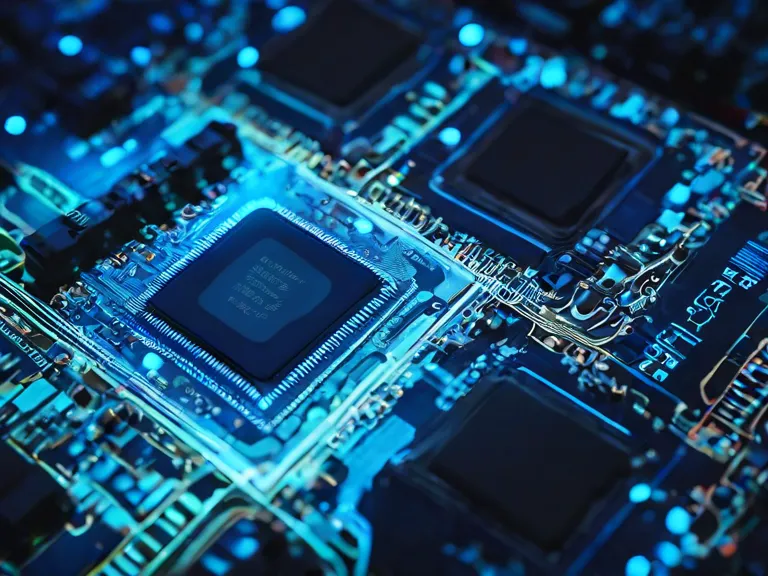
Data science is playing a crucial role in revolutionizing the semiconductor research and development (R&D) landscape in China and Taiwan. As both countries continue to be at the forefront of semiconductor production and innovation, leveraging data science has become essential in driving efficiency, reducing costs, and accelerating the development of cutting-edge technologies.
In China, data science is being used to optimize semiconductor manufacturing processes, enhance product quality, and predict equipment failures. With the massive amount of data generated in semiconductor production facilities, advanced analytics and machine learning algorithms are employed to uncover insights that can streamline operations and improve overall efficiency. By harnessing the power of data science, Chinese semiconductor companies are able to make more informed decisions, reduce time to market, and ultimately gain a competitive edge in the global market.
Similarly, in Taiwan, data science is transforming semiconductor R&D by enabling more precise simulation and modeling of semiconductor devices. Through the use of complex algorithms and predictive analytics, researchers can better understand the behavior of semiconductor materials and devices, leading to the development of novel solutions and technologies. Additionally, data science is being utilized to analyze market trends, forecast demand, and optimize supply chain management in the semiconductor industry.
Collaboration between Chinese and Taiwanese semiconductor companies is also being facilitated by data science. By sharing data and insights, organizations from both countries can work together to address common challenges, exchange best practices, and drive innovation in the semiconductor sector. This cross-border collaboration is essential for advancing the industry as a whole and maintaining a competitive edge in the global market.
In conclusion, data science is reshaping the semiconductor R&D landscape in China and Taiwan, enabling companies to optimize processes, accelerate innovation, and collaborate effectively. As both countries continue to invest in data science capabilities, the future of semiconductor R&D looks promising with exciting new developments on the horizon.



